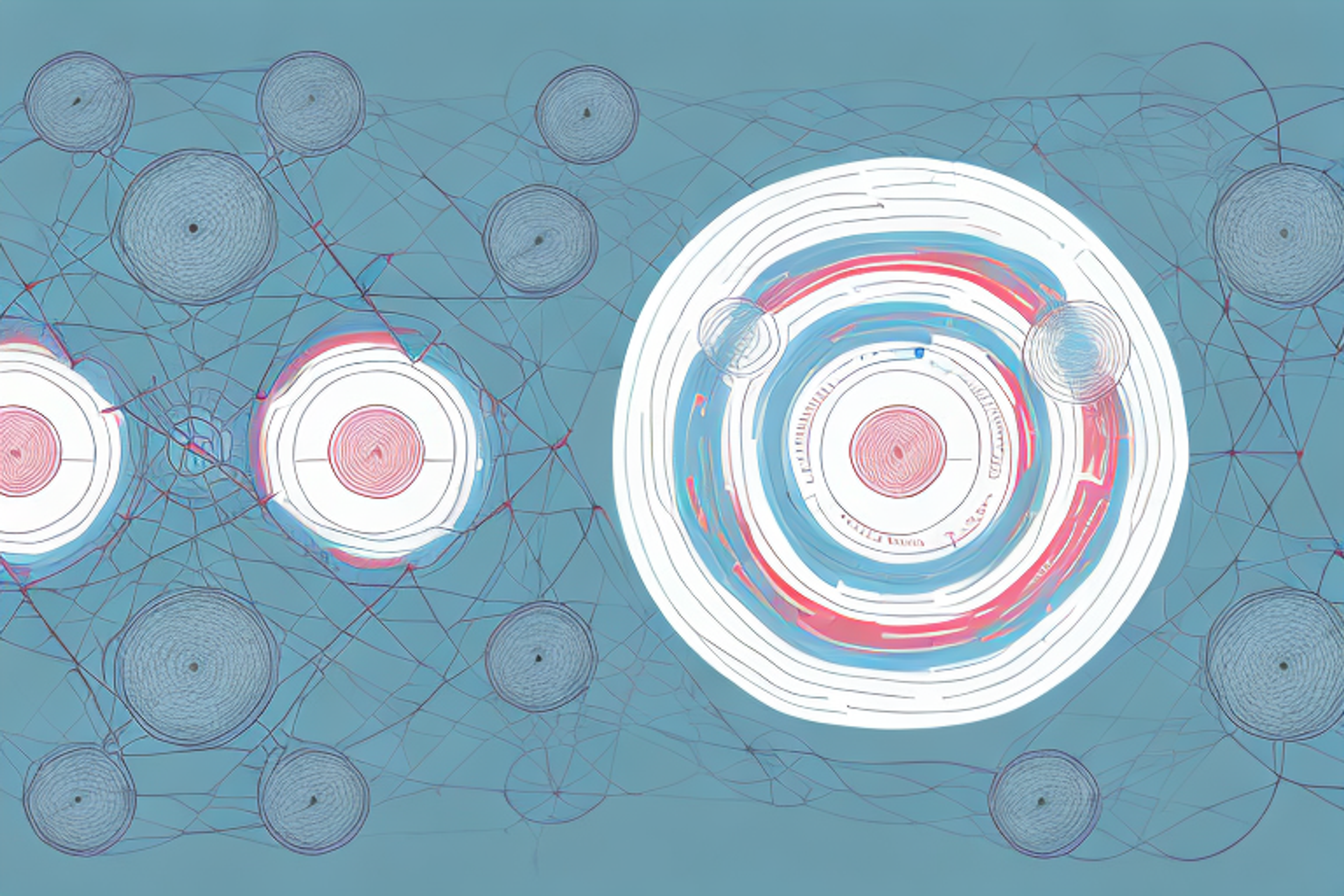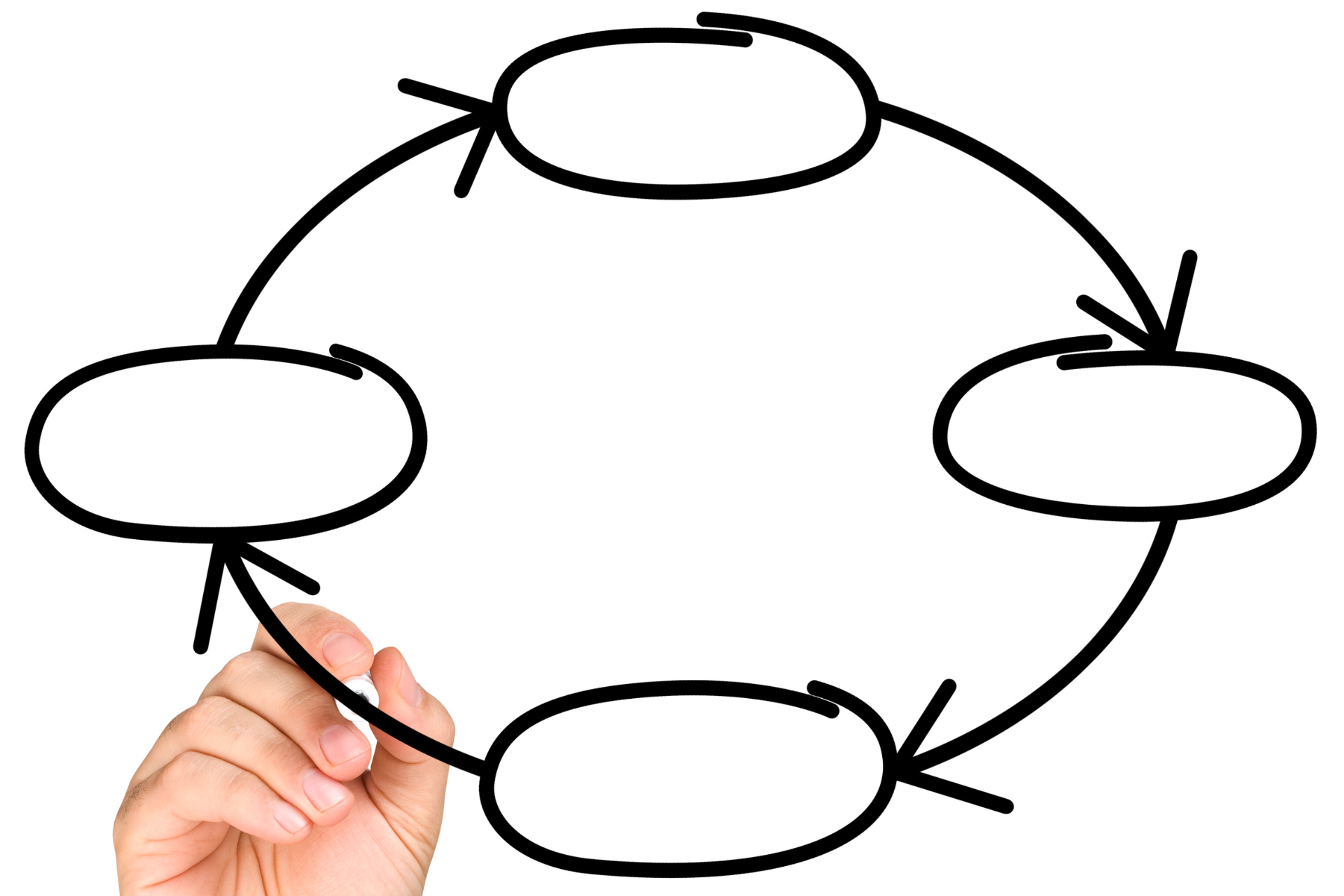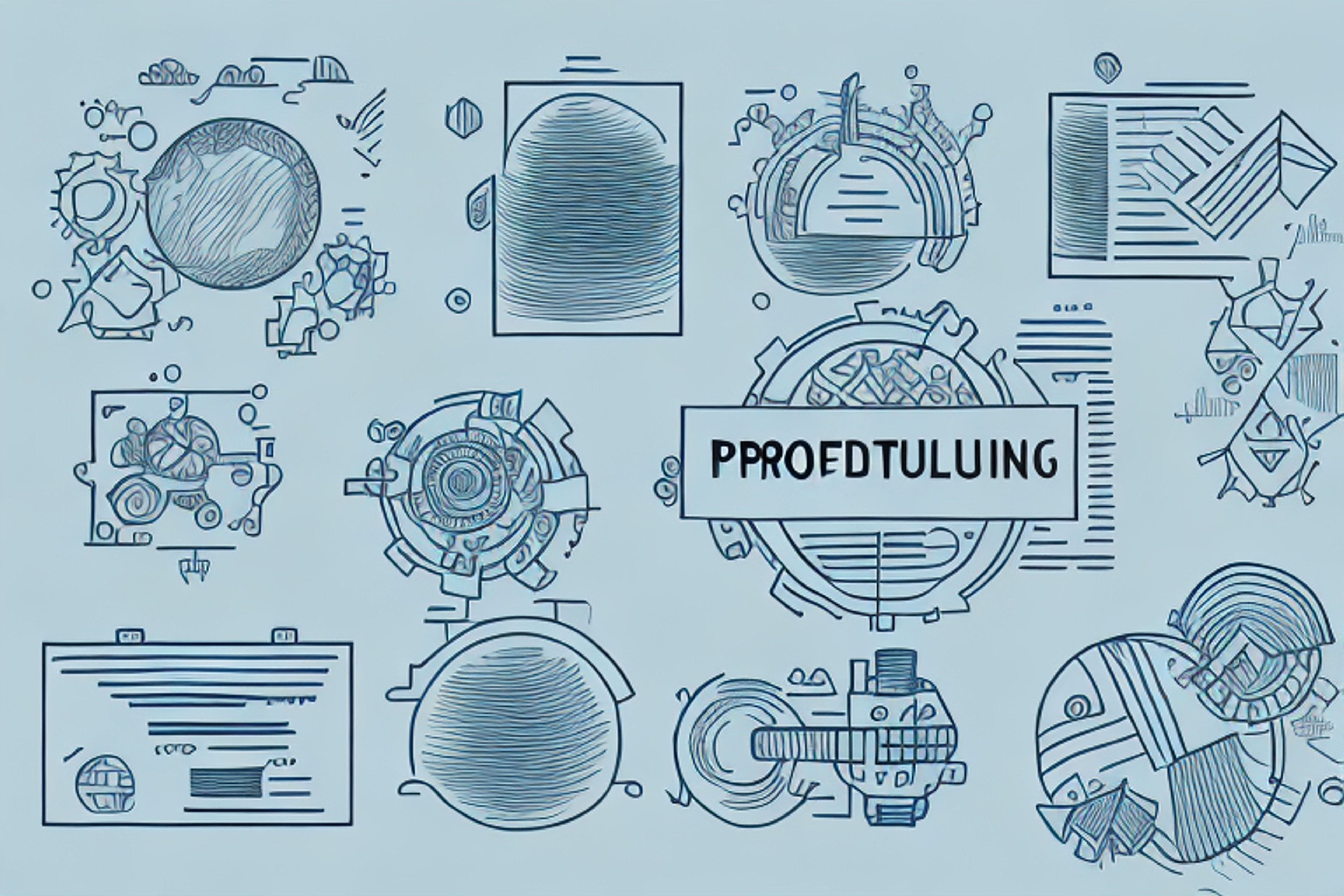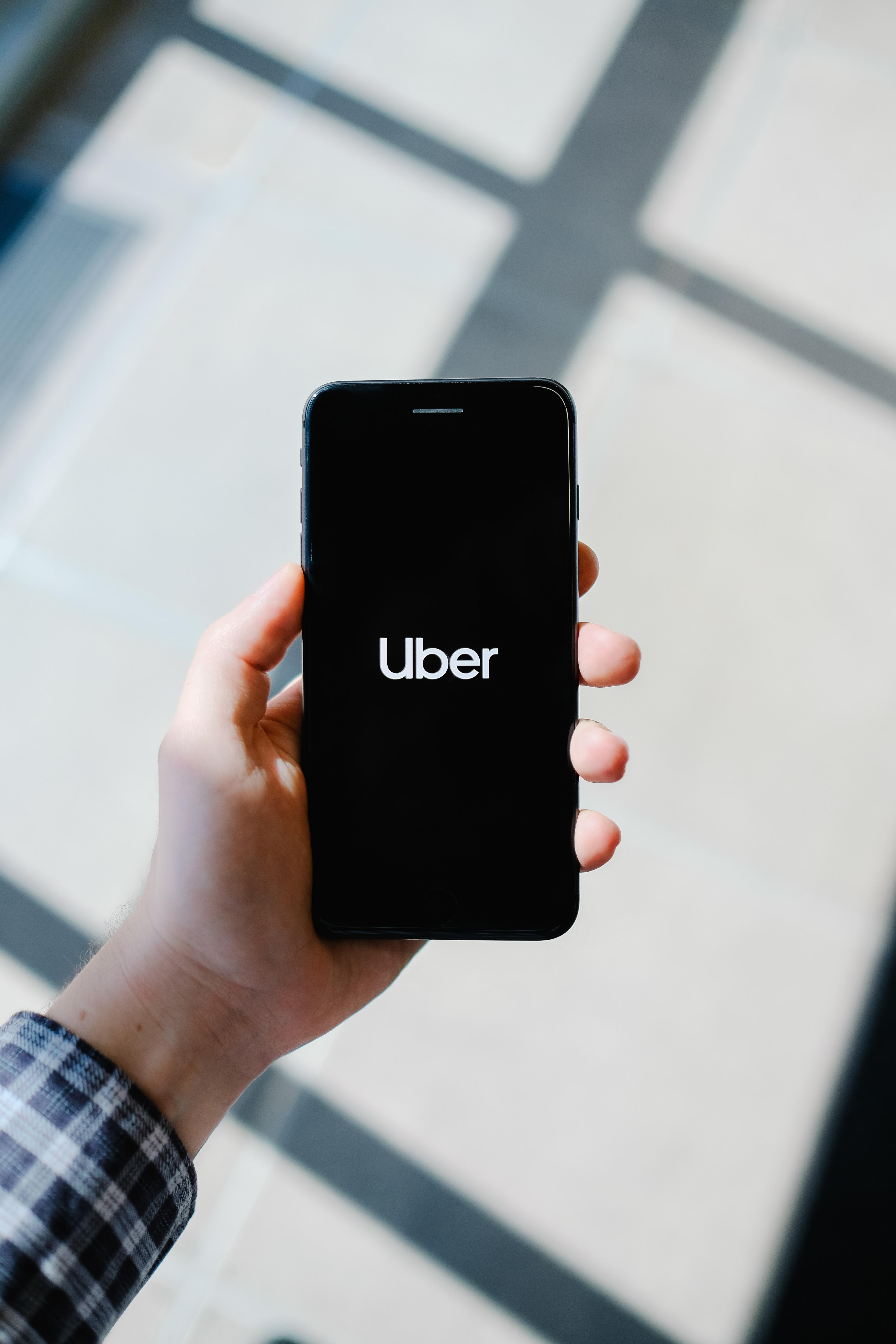Mastering the MLP (Minimum Lovable Product): How to Build Products That People Love
Unlock the secrets of creating an MLP with our in-depth guide. Learn how to build products that not only meet user needs but inspire love and loyalty. Explore strategies, best practices, and real-world examples in this definitive resource for product developers and entrepreneurs.
Posted March 6, 2025

Table of Contents
As the digital marketplace becomes increasingly congested, it's critical for companies to think beyond traditional product development strategies. The development of a Minimum Lovable Product (MLP) offers a fresh perspective on building products that people truly adore. This article will explore the concept of MLPs, their benefits, and how to design them.
Why Minimum Lovable Products (MLPs) are Important for Product Development
Product development initiatives typically focus on two primary facets: viability and feasibility. While these facets are necessary for a product to be successful, they often neglect the aspect of lovable products. This is where the MLP concept comes in. Unlike traditional Minimum Viable Products (MVPs), which focus primarily on viability and feasibility, MLPs concentrate on the emotional connection people have with your product. The result is a product that creates a long-lasting relationship between the user and the company.
MLPs are important for product development because they help companies create products that people truly love. By focusing on the emotional connection between the user and the product, companies can create a loyal customer base that will continue to use and recommend their products. MLPs also help companies differentiate themselves from their competitors by creating a unique and memorable user experience. In today's crowded marketplace, having a lovable product can be the key to success.
MVPs (Minimum Viable Product) vs. MLPs
The MVP concept is commonly used in agile product development, where product teams aim to create products that satisfy the critical needs of customers while using minimum resources. MVPs concentrate on the key features needed to make a product viable and feasible. In contrast, MLPs concentrate on creating an emotional connection between the user and the product, thereby creating new customers, increasing customer loyalty and retention rates, and getting users to share their experiences with friends and family.
While MVPs are focused on delivering a product with the minimum set of features, MLPs are more concerned with delivering a product that creates a lasting impression on the user. This means that MLPs often include features that are not strictly necessary for the product to function, but that enhance the user experience and create a sense of delight.
Another key difference between MVPs and MLPs is the way they are tested and validated. MVPs are typically tested with a small group of early adopters, who provide feedback on the product's core features. MLPs, on the other hand, are tested with a larger group of users, who provide feedback on the product's emotional impact and overall experience.
How to identify the key features that make a product lovable
The process of identifying the key features that make a product lovable begins with understanding your target audience. Product teams can employ primary research methods, such as surveys, interviews, or user testing, to collect user data and preferences. Once this data is collected, product teams can analyze it and determine the features that matter most to users. These features could be anything from a product's aesthetic design, ease of use, or unique value proposition that sets it apart from competitors. Once these features are identified, they can be implemented into the development process.
It is important to note that the identification of key features is an ongoing process. As user preferences and needs change, product teams must continue to collect and analyze data to ensure that their product remains lovable. Additionally, it is important to prioritize the identified key features based on their impact on the user experience and the resources available for development.
Another factor to consider when identifying key features is the competition. Product teams must be aware of the features offered by their competitors and strive to offer something unique and valuable to their users. This could be achieved through innovative design, improved functionality, or a better user experience.
The role of user research in building MLPs
User research plays a crucial role in the design of MVPs and MLPs. The goal of user research is to understand users' preferences, behavior, goals, motivations, and pain points. This helps product teams to create products that are tailored to their users' needs and offer a better user experience, which leads to increased customer retention and loyalty. User research also helps to identify the most critical features for a given product, potential barriers to entry, and the competitive landscape.
Creating a user-centric design for your MLP
User-centered design (UCD) is an iterative design process that places the user at the center of the development cycle. It involves understanding users' wants and needs, designing prototypes, testing, and refining those prototypes based on user feedback. The goal of UCD is to make products that better meet users' needs and preferences, leading to a superior user experience and a successful product launch.
Tips for testing and validating your MLP with users
Testing and validation are essential steps in product development, as they enable product teams to confirm that the product they're developing solves consumers' issues and meets their needs. There are several ways to test and validate your MLP with users, including surveys, usability testing, focus groups, or A/B testing. The chosen test depends on the product's development phase, catering to the desired outcome, and the research questions.
Balancing user feedback with business goals when building an MLP
While the focus of MLPs is on user experience, business objectives, such as increasing market share, driving revenue, and creating competitive differentiation, cannot be overlooked. Therefore, it's imperative to balance user feedback with business goals when designing MLPs. This can be achieved by setting and incorporating specific metrics and key performance indicators (KPIs) into the design process.
Common mistakes to avoid when building an MLP
Common mistakes that product teams should avoid when building MLPs include misinterpreting user feedback, not considering the product's feasibility and viability, relying too much on initial user research, overlooking the value proposition, and neglecting to create a viable business model that aligns with the product's adoption rate and retention metrics.
Examples of successful products built using the MLP approach
Several successful products have been built using the MLP approach. Examples include Apple products, such as the iPhone, which has an intuitive user interface, visual appeal, and a ecosystem that creates loyal users. Another example is Uber, which provides ease of use, transparency, and seamless integration with its payment platform, creating unparalleled convenience in getting around cities. Finally, the Nintendo Wii is an example of a product that connects with users emotionally by enabling them to participate in playful activities such as bowling and tennis rather than just sitting passively and consuming media.
The benefits of focusing on lovability over usability in product development
Focusing on lovability over usability provides significant benefits, including creating loyal customers, building positive brand association, increased customer retention rates, and improving marketing value. Products that are pleasurable, fun, and satisfying lead to more enthusiastic word-of-mouth recommendations. When a product is not only functional but delightful, the brand gains a new level of recognition that goes beyond the product's baseline functionality.
How to use MLPs as a marketing tool to attract and retain customers
MLPs can be used as a marketing tool to attract and retain customers by creating a stellar user experience that is unmatched by competing products. When a user has an enjoyable and emotionally connective experience with a product, they are more likely to share their experience with others and return to the product, converting into a loyal customer. This creates a positive feedback loop where the product becomes more valuable to the customer, and the customer becomes more valuable to the product.
Building brand loyalty through lovable products
Building brand loyalty through lovable products is achieved through repeatedly creating exceptional user experiences that build trust, evoke emotions, and foster a sense of belonging. MLPs are central to achieving these goals, as they are geared towards the emotional connection between the user and the product. Therefore, product teams should strive to develop MLPs that turn customers into advocates, creating a word-of-mouth marketing network that will build brand recognition and loyalty.
Scaling your product while maintaining its lovable qualities
Scalability is essential to achieving organizational growth, but it can be challenging to scale a lovable product while maintaining its core qualities. To address this, product teams can create a roadmap that includes the introduction of new features, minimizing technological debt, identifying new markets, and aligning with emerging trends. This evolution should not drastically change the essential elements of the product that made it lovable in the first place. Thus, a careful balance must be struck between scalability and retaining the lovable qualities of the product.
Conclusion
In conclusion, building a Minimum Lovable Product should move beyond just creating viable and feasible products and should include the emotional connection between the product and users. This approach not only creates products users love but also offers a profitable business opportunity. To build an MLP, teams need to focus on user research, create user-centered designs, validate the product with users, and balance user feedback with business goals. Scalability should not dramatically affect the essential elements of a lovable product. Elements that make a product lovable include identifying the key features that matter most to the target audience, ensuring the product has aesthetic design, unique value proposition, and ease of use. MLPs create products that differentiate a brand and create loyal customers who will become advocates. Therefore, MLPs offer the opportunity to build an emotional connection between companies and customers and offer an excellent strategic opportunity for companies that want to stand out from the crowd.


















